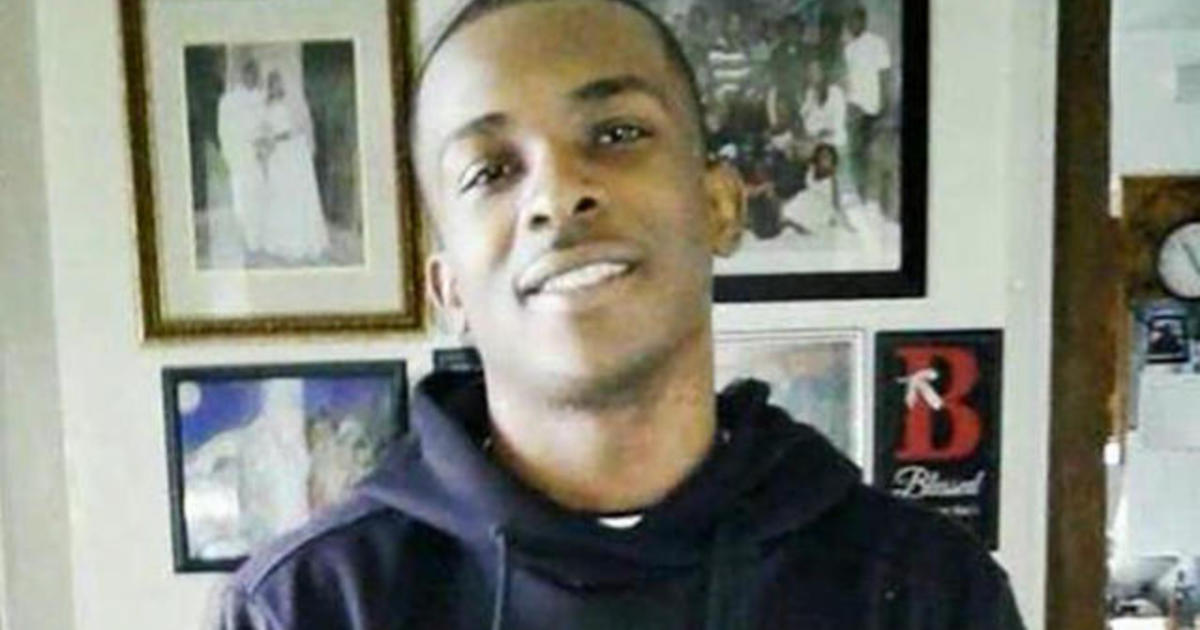
SACRAMENTO — The Sacramento District Attorney released Stephon Clark‘s official autopsy results and it shows Clark was shot seven times by officers, not eight as stated in a private autopsy report, CBS Sacramento reports. The official autopsy was conducted by Dr. Keng-Chin Su and reviewed by four other pathologists.
The report states Clark was shot seven times- once in the left thigh, three times in the side and three times in the back. The private autopsy, performed by Dr. Bennet Omalu, done at the request of the Clark family said Clark was shot eight times- with seven of those shots hitting him from behind.
Dr. Gregory Reiber, who did an independent review of the Sacramento County Coroner’s autopsy, wrote:
It is clear from review of the written report and photographic documentation that Stephon Clark was struck by seven bullets, not by eight as claimed by Dr. Omalu in his press conference statements and as shown on his autopsy diagram. It is obvious that the exit of gunshot wound #5 (Dr. Su’s report) was mistaken for an entrance wound on the left side of the chest (Dr. Omalu’s diagram). This is a significant error, as it leads to incorrect conclusions regarding the relative positions of the victim and shooters during the event.
Dr. Reiber also concluded “the predominant right-to-left angle of wounds 1, 3, 4, 5 and 6, along with the slight front-to-back angle of wound 1, do not support the assertion that Clark was shot primarily from behind as asserted by Omalu in his press conference statements.”
He writes that two of the gunshot wounds are “clearly lethal shots.” In a news conference, Dr. Omalu stated a majority of the shots that hit Clark were lethal. Dr. Reiber writes, “the possibility of wounds 2 and 3 (right shoulder/arm, upper back) being lethal injuries, as described by Dr. Omalu in press conference statements, cannot be supported by the available documentation. The lethal potential of both wounds appears very low.”
The autopsy report also contained the toxicology results. The results from the Laboratory of Forensic Services show Clark tested positive for ethanol (0.08 percent), cocaine metabolite, cannabinoids, codeine, alprazolam and etizolam in his blood and codeine and hydrocdone in his urine. The results from NMS Labs show Clark tested positive for ethanol (0.09 percent), cannabinoids, codeine, alprazolam, etizolam, nicotine, hydrocodone and promethazine in his blood.
Clark was shot and killed by Sacramento police officers March 18. A cellphone was found nearby, but not a weapon.
A day after the shooting, police distributed a press release that said the officers who shot Clark “saw the suspect facing them, advance forward with his arms extended, and holding an object in his hands.”
Police video of the shooting doesn’t clearly capture all that happened after Clark ran into his grandmother’s backyard. He initially moved toward the officers, who are peeking out from behind a corner of the house, but it’s not clear he’s facing them or that he knows they are there when they open fire after shouting “gun, gun, gun.”
After 20 shots, officers call to him, apparently believing he might still be alive and armed. They eventually approach and find no gun, just a cellphone.
The Sacramento District Attorney said she has yet to receive the Sacramento police department’s final report on the shooting and she can not make a decision yet on whether or not to file charges. The California Attorney General will also conduct an independent review of the case.
© 2018 CBS Interactive Inc. All Rights Reserved.

